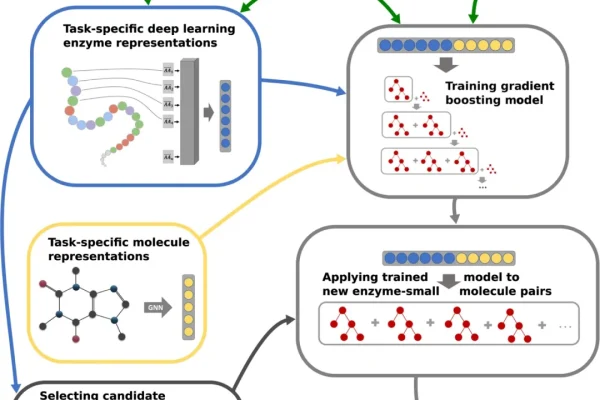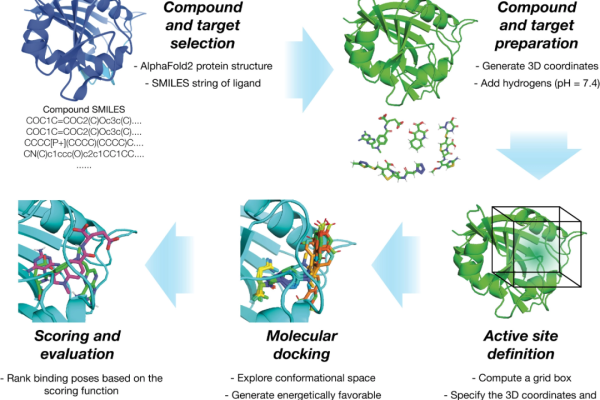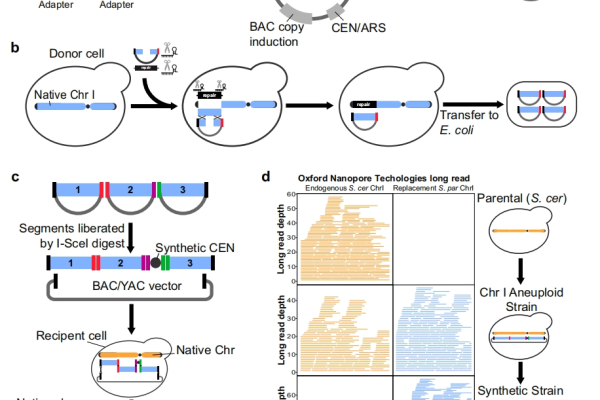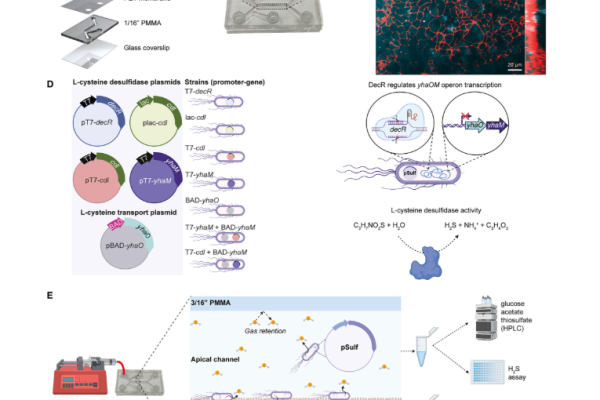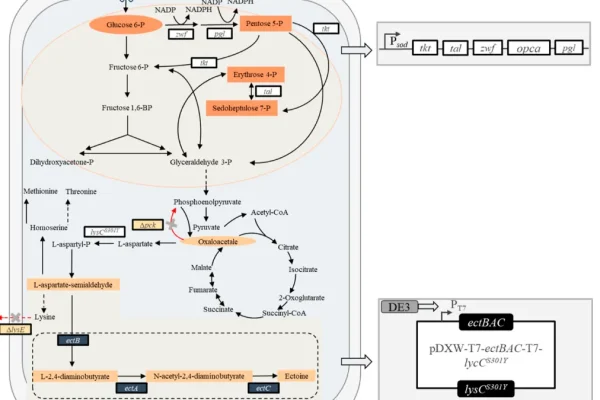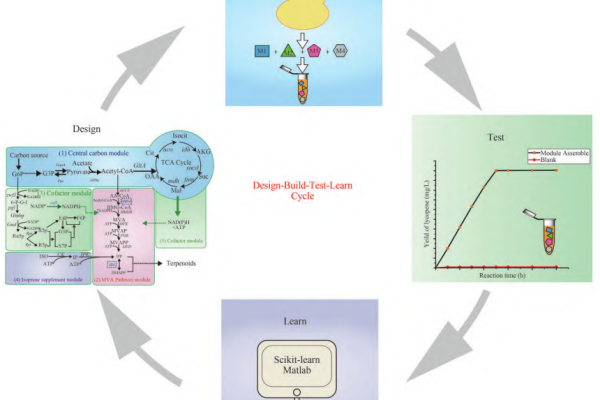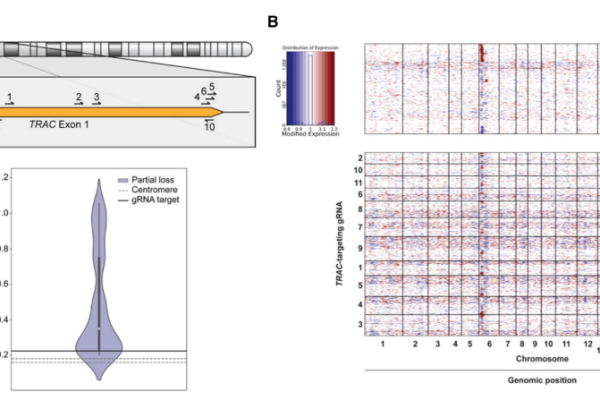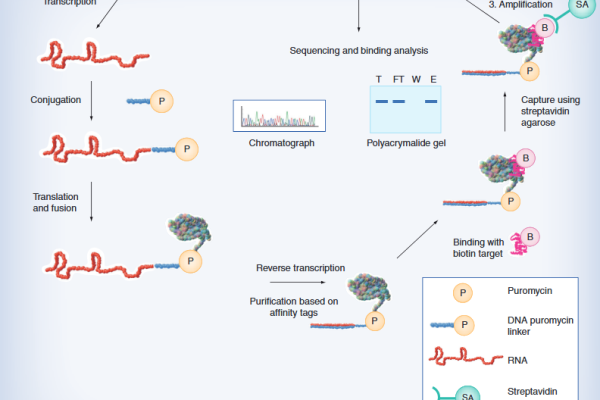
mRNA Display: Revolutionizing Drug Discovery Through In Vitro
mRNA Display: Revolutionizing Drug Discovery Through In Vitro Evolution Introduction The identification of new drugs traditionally depended on examining natural substances or creating small molecular structures that interact with proteins. Traditional methods find many disease-related proteins like protein-protein interaction elements to be “undruggable.” Through mRNA display technology, scientists can now conduct in vitro evolution to produce…






